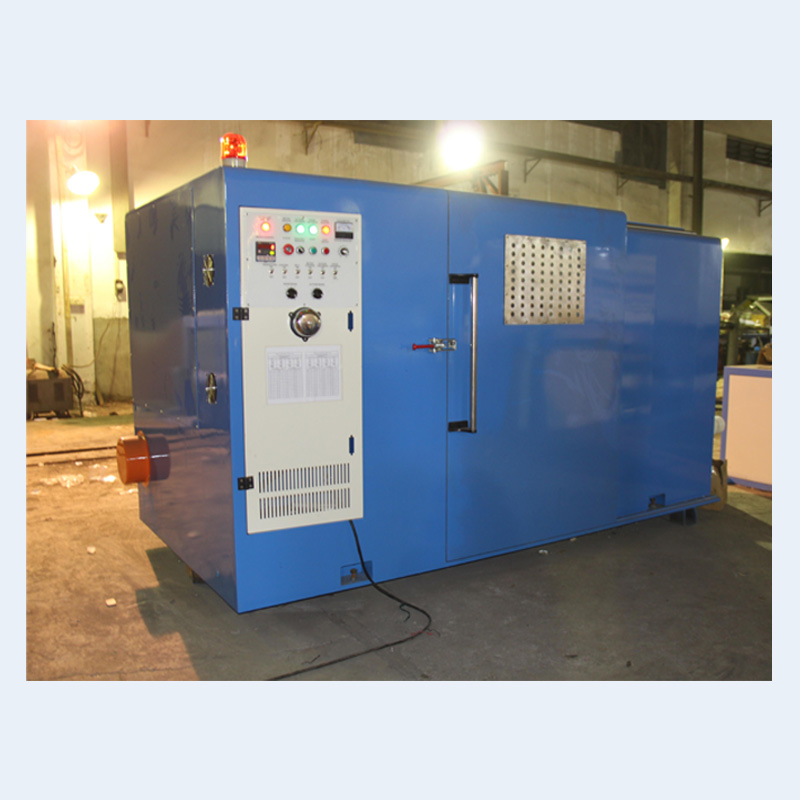Introduction: The significance of cable test equipment

Cable test equipment plays a vital role in the verification and validation of cables, ensuring their optimal performance in various applications. With the increasing dependence on cables for data transmission, power supply, and communication, the need for accurate and reliable cable testing is more crucial than ever. This article explores the importance of cable test equipment in guaranteeing cable performance, highlighting its role in cable quality assurance and troubleshooting.
1. Cable quality assurance
Quality assurance is a critical step in the cable manufacturing process, and cable test equipment is indispensable for verifying the quality of cables. These testing tools allow manufacturers to detect and address any defects or irregularities in the cable's construction, insulation, shielding, and conductors. By conducting comprehensive tests, such as continuity testing, insulation resistance testing, and capacitance testing, cable test equipment ensures that only cables meeting the desired specifications are released into the market.
2. Performance testing and characterization
Once cables are manufactured, they must undergo performance testing to assess their capability to meet the required standards and specifications. Cable test equipment enables objective measurement and characterization of various cable parameters, such as signal attenuation, crosstalk, impedance, and transmission speed. These tests help validate the cable's compatibility with different protocols, such as Ethernet, fiber optics, or coaxial, ensuring optimal signal integrity and minimizing data transmission errors.
3. Troubleshooting and maintenance
When cables encounter issues, diagnosing the problem and implementing effective solutions are crucial. Cable test equipment facilitates troubleshooting and maintenance by providing valuable insights into cable faults. TDR (Time Domain Reflectometer) and OTDR (Optical Time Domain Reflectometer) are two examples of testing tools that can accurately locate cable faults, such as breaks, shorts, or impedance mismatches. By identifying the exact location and nature of the fault, technicians can quickly rectify the issue, reducing downtime and ensuring uninterrupted cable performance.
Conclusion: Ensuring cable reliability and performance
Cable test equipment plays a pivotal role in guaranteeing the quality, performance, and reliability of cables. Through cable quality assurance, performance testing, and troubleshooting capabilities, this equipment ensures that cables meet the required standards and perform optimally in various applications. With the increasing demand for efficient data transmission and uninterrupted communication, investing in reliable cable test equipment is vital for manufacturers and technicians to ensure cable performance and customer satisfaction.

